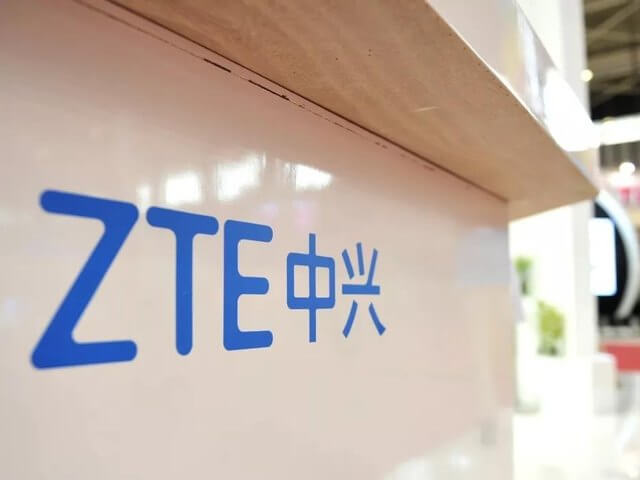On March 16, ZTE Corporation released its 2020 annual report and its first quarter performance forecast for 2021.

The report shows that in 2020, ZTE achieved operating income of 101.45 billion yuan, a year-on-year increase of 11.8%; net profit attributable to common shareholders of listed companies was 4.26 billion yuan, a year-on-year decrease of 17.3%, mainly due to asset disposal in the third quarter of 2019 A one-off pre-tax income of 2.66 billion yuan was due to a significant increase in 2019 net profit; basic earnings per share were 0.92 yuan.
ZTE expects to achieve a net profit attributable to common shareholders of listed companies from 1.80 billion yuan to 2.40 billion yuan in the first quarter of 2021, a year-on-year increase of 130.8% to 207.7%, mainly due to the company’s continuous optimization of the market structure, year-on-year growth in operating income and gross profit margin Continuous recovery and improvement, a substantial increase in profitability, and the transfer of 90% equity of Beijing Zhongxing Gaoda Communication Technology Co., Ltd. confirmed pre-tax profit of approximately 770 million yuan.
In terms of specific business, ZTE’s three major business revenues all achieved year-on-year growth in 2020. Among them, operator networks increased 11.2% year-on-year to 74.02 billion yuan, government and corporate affairs increased 23.1% year-on-year to 11.27 billion yuan, and consumer business increased 7.8% year-on-year to 16.16 billion yuan.
In terms of its main business, ZTE Corporation focuses on the deployment of new infrastructure, 5G industry applications, and enterprise digital transformation and upgrading. Data centers, general-purpose server storage products, video conferencing and other core product solutions are widely used in government and enterprise fields. The case of GoldenDB distributed database covers the whole series of banks and all business systems in China.
In terms of consumer business, ZTE announced last year that it will fully develop the 2C market in China, integrating the three major brands of ZTE, Nubia, and Red Devils, and launching the world’s first mass-produced under-screen camera phone ZTE Tianji Axon 20 5G.
In addition, ZTE recently repurchased shares in Nubia, increasing its shareholding ratio from 49.9% to 78.33%. ZTE’s move may be intended to further strengthen the collaboration between ZTE and Nubia and other mobile phone brands.
In terms of 5G, ZTE shipped a total of 100,000 terminals for 5G bearers last year. Cooperate with more than 500 partners to carry out 5G application innovation and commercial practice, and realize more than 100 5G innovative application scenarios. Realize the commercial trial of 5G news, release more than 300 industry applications covering 9 major industries, and support more than 400 million user capacity.
In 2020, R&D investment reached 14.80 billion yuan, a year-on-year increase of 17.9%, accounting for 14.6% of operating income, an increase of 0.8 percentage points from 2019.
It is worth mentioning that IPLytics, a world-renowned patent data company, released the “Leader in the 5G Patent Race” report in February 2021. ZTE’s disclosure of 5G standard essential patent claims to ETSI ranks third in the world.
According to the “Communications Statistics Bulletin 2020”, in 2020, the domestic telecommunications business revenue will accumulate 1.36 trillion yuan, a simultaneous increase of 3.6%. Industry insiders believe that after a long-term decline in global telecom capital expenditures, it is gradually stabilizing under the support of domestic 5G construction, and it is expected to slightly increase in the long term following intergenerational switching.
ZTE said that in the future, it will be committed to becoming a “digital economy road builder”, continuously improving its core competitiveness, and empowering society’s digitalization and intelligent transformation and upgrading to achieve quality growth. At the same time, we will continue to increase the attraction and incentives for core talents, improve the compliance management system, and strengthen internal control governance.